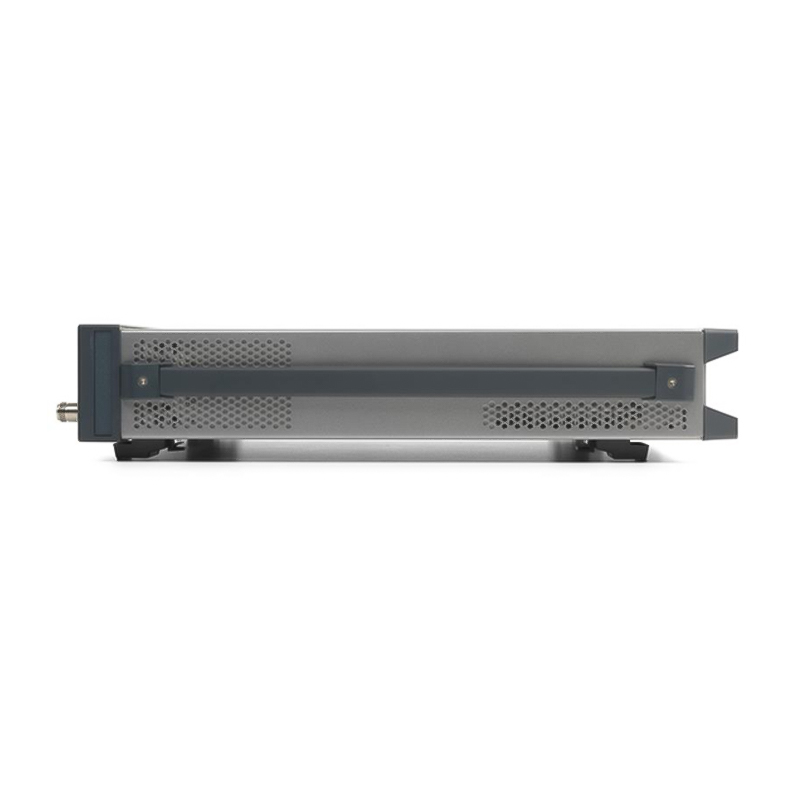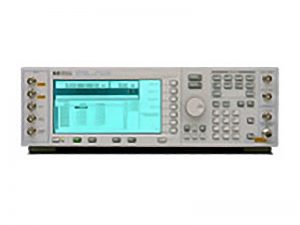| PRODUCT | Signal Generator |
|---|---|
| MODEL | N5183B |
| PRODUCT SERIES | MXG |
| MANUFACTURER | Keysight |
| DESCRIPTION | MXG X-Series Microwave Analog Signal Generator, 9 kHz to 40 GHz Signal Generator |
Product Overview
Key Information & Specifications
Keysight N5183B MXG X-Series Microwave Analog Signal Generator, 9 kHz to 40 GHz
- Get a fast, compact (2U) alternative to the PSG in the lab, depot or field
- Address demanding tests of radar modules & systems with near-PSG levels of spectral purity
- Compensate for system loss & drive high-power amplifiers: +19 dBm output power, -55 dBc harmonics & -68 dBc spurious @ 20 GHz
- Reduce calibration time with switching speed 600 µs
- Simulate narrowband chirps & radar antenna scans with up to five internal function generators that can be used with AM, FM, OM pulse modulation
Description
Maximize speed and rack space with MXG
The N5183B MXG microwave analog signal generator is the pure and precise alternative to the PSG analog, with advantages in size and speed. It delivers the performance you need—spectral purity, output power, and more—to perform module- and system-level testing.
Save space and maintain test rigor with near-PSG performance levels in just two rack units. Available in 13, 20, 31.8, or 40 GHz models, the MXG microwave allows you to address demanding tests of radar modules and systems offering best-in-class phase noise of ≤ –124 dBc/Hz (10 kHz offset) with –75 dBc spurious (at 10 GHz). Use the MXG to accelerate your calibration process with best-in-class switching speed of less than 600 μs.
Frequency range – 9 kHz to 13, 20, 31.8, or 40 GHz
- Option 513 9 kHz to 13 GHz
- Option 520 9 kHz to 20 GHz
- Option 532 9 kHz to 31.8 GHz
- Option 540 9 kHz to 40 GHz
The MXG implements a new tripleloop phased-lock loop (PLL) design and frequency plan that results in substantial phase noise improvements close to the carrier and at wide offsets. The frequency plan addresses several key attributes: the choice of oscillator and reference frequencies in the synthesizer and the associated frequency conversion (mixers and multipliers) and filtering.
The triple-loop approach allows optimized frequency spacing that ensures effective filtering of nonlinear artifacts, such as images, by pushing them outside the bandwidth of the synthesizer circuits. In the MXG, the plan arranges the frequency references and conversions such that the largest nonlinearities are far from the desired frequencies and modest filtering can heavily attenuate the remaining spurious signals.




